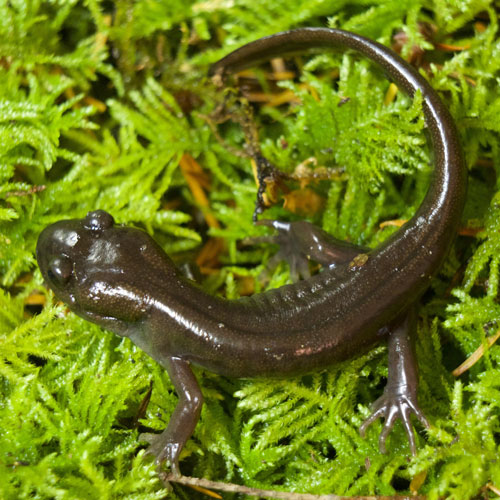Fast Facts
Where they live
- View a map of where they live.
- Striped whipsnakes occur in specific parts of western United States and northern Mexico.
- Habitats include rocky canyons, grasslands, sagebrush deserts, pinyon-juniper woodlands, oak forests, and ponderosa pine forests.
- Often live and feed near rocky outcrops, rodent burrows, and in trees and shrubs.
What they eat
- Younger striped whipsnakes primarily feed on lizards.
- Adults can also feed on snakes, small mammals, insects, small birds, and occasionally small venomous snakes.
Breeding
- In June or July, females find an abandoned rodent burrow and lay 3 to 12 eggs, which will hatch after around 50 to 57 days.
Cool Biology Facts
- Striped whipsnakes look like a leather whip, hence their name.
- If captured, striped whipsnakes will often act aggressively and bite.
Threats
- Although car collisions and habitat loss from expanding agriculture threaten striped whipsnakes, they are considered “least concern” due to their large stable population and widespread range.
- View their status on the IUCN Red List of Threatened Species.

Amphibians & Reptiles of Washington
Do you know where rattlesnakes live in our state? Or which salamander breathes through its skin? Explore the fascinating diversity of the 26 species of amphibians and 28 reptiles found in Washington state.

